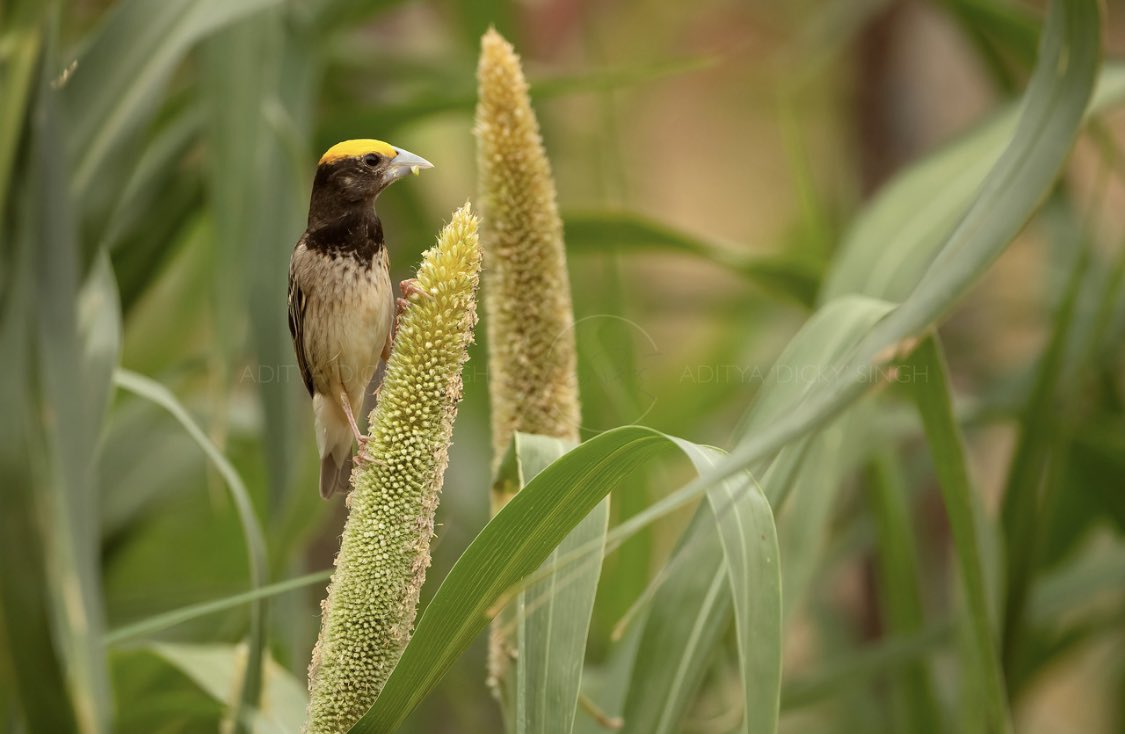Pictures of common birds from a tiny sanctuary that we call home. We bought a barren piece of land to build our house on and are slowly trying to turn it into a mini sanctuary. All these pictures are from within our compound. #IndiAves #TribeIndiAves 







It soon becomes a pretty cool outdoor studio for lazy blokes like me. No carrying heavy equipment over rough tracks cause we can shoot with a beer glass in one hand. Makes life easier 







We still haven’t got anything spectacularly rare but it’s not bad to have Bluethroats or Barred Buttonquails outside your bedroom 







Hell, even the Booted warbler, a common bird, suspended between two reeds while trying to drink water is not a bad sight with your wake up coffee 







It’s great to see Kestrels from the dining room - don’t tell me they are common, I know. I love the fact that Baya & Black breasted weaver birds - both nest at home 







We - my wife, our 9 year old cub and I - we share our home with a lot of species and it’s just awesome 







• • •
Missing some Tweet in this thread? You can try to
force a refresh

























